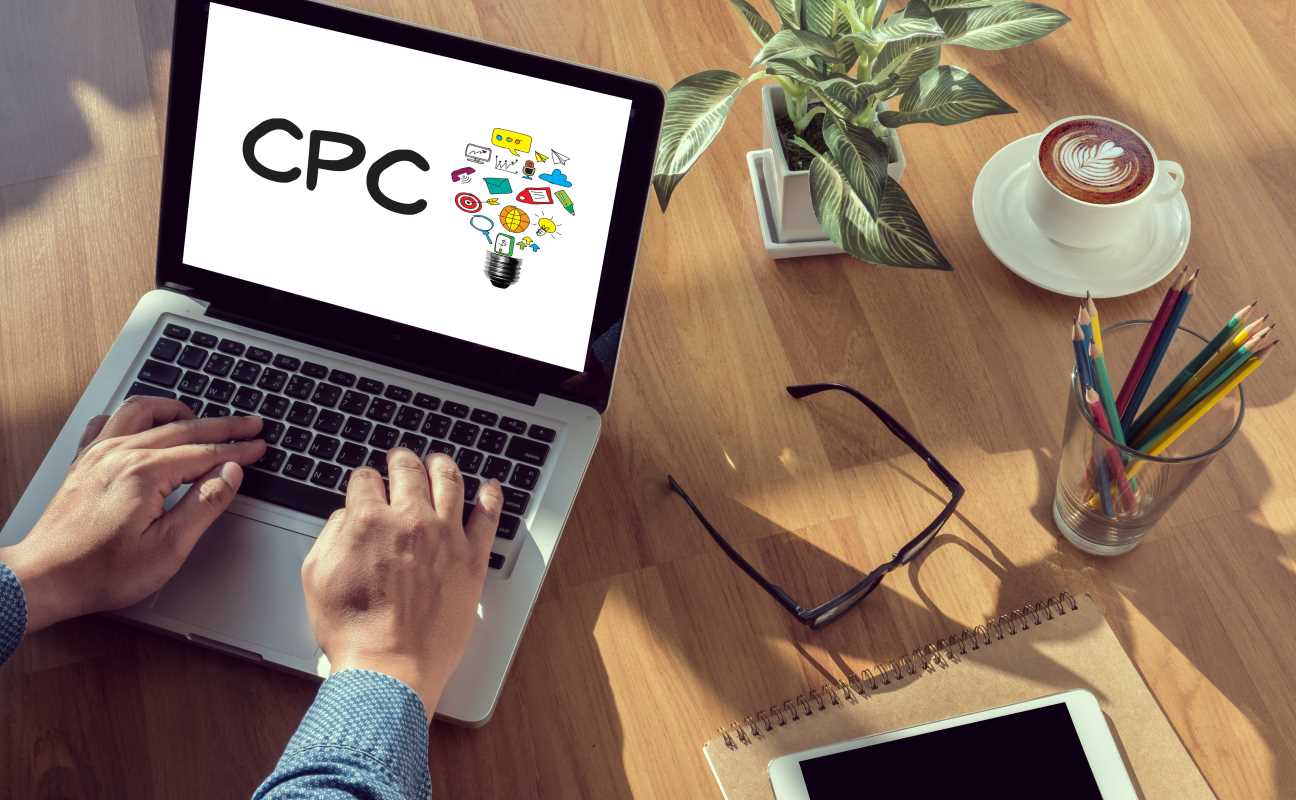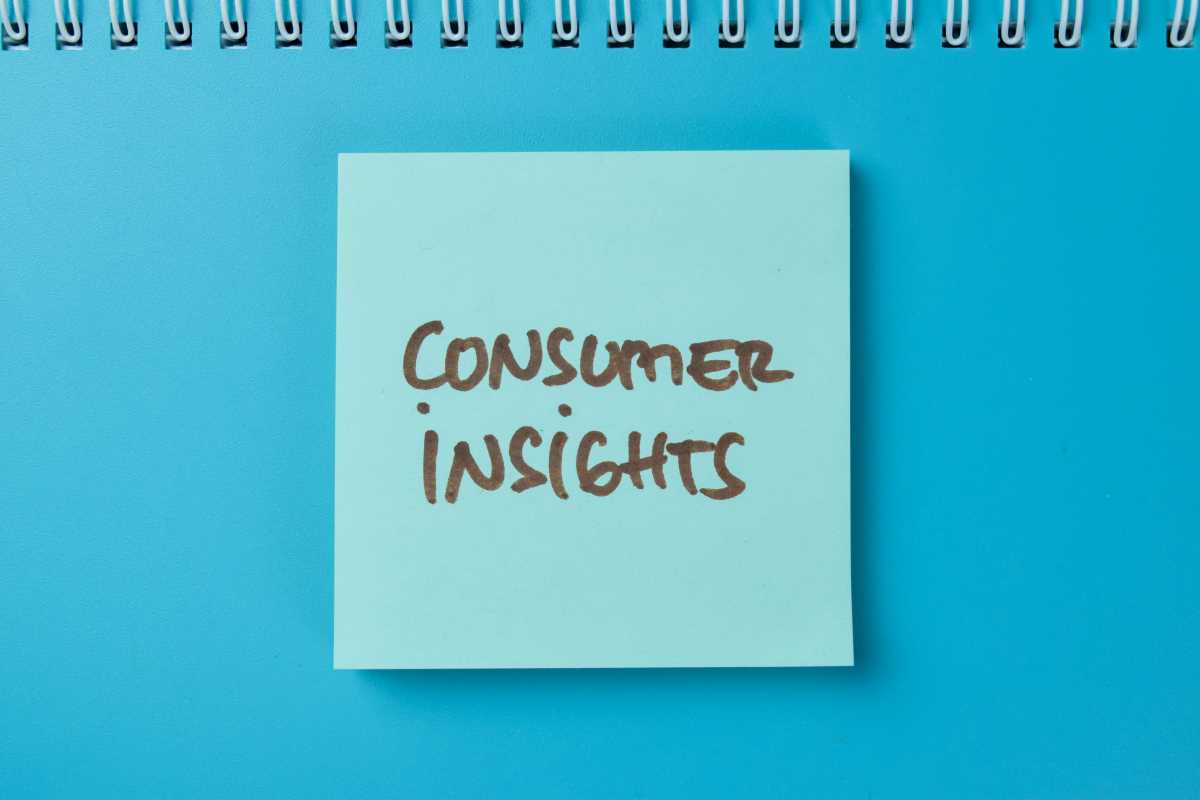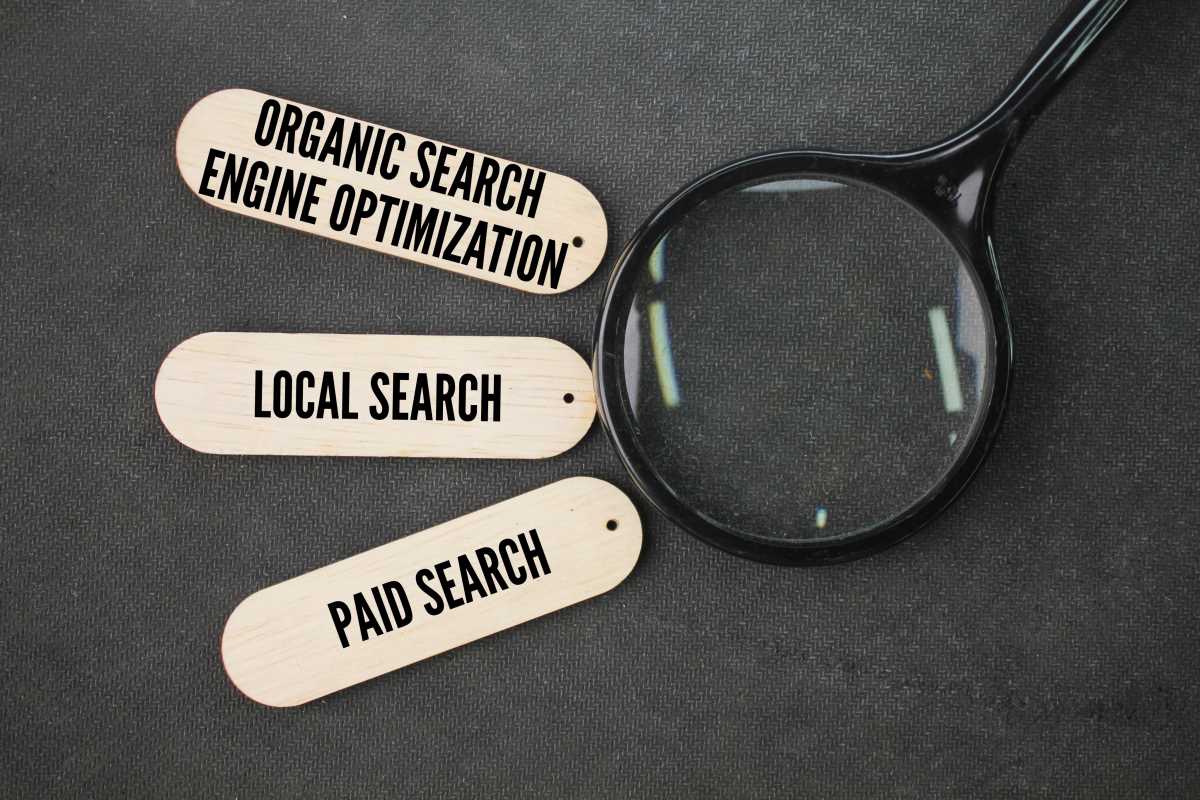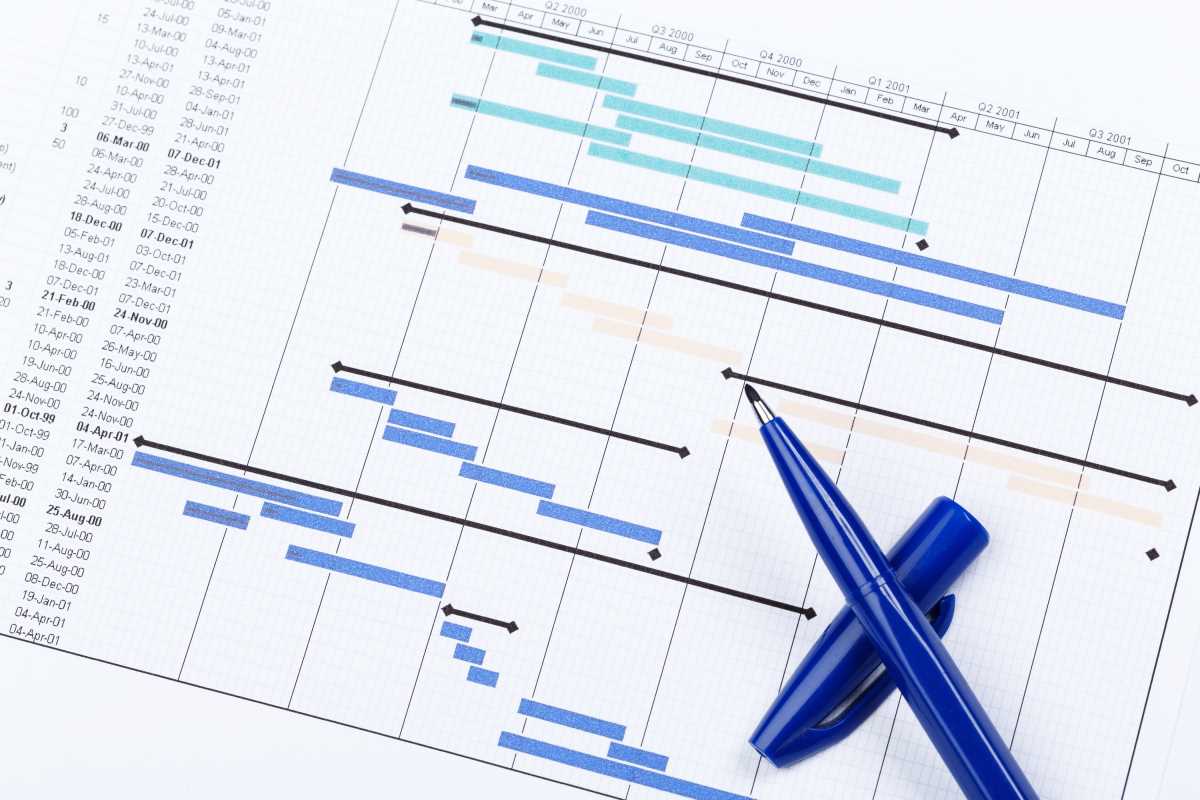Running a paid advertising campaign can feel like a high-stakes balancing act. On one side, you have the desire to get your ads in front of as many relevant people as possible, which means maximizing your impressions. On the other side, you have a budget to manage, and every click comes with a cost. This cost-per-click (CPC) can quickly eat into your profits if it isn’t carefully controlled. Many advertisers fall into the trap of thinking that to lower their CPC, they must sacrifice reach and accept fewer impressions. This leads to a difficult choice: pay more for visibility or save money and become invisible. But what if that’s a false choice? It is possible to lower your advertising costs without disappearing from your audience's view. By understanding the mechanics behind CPC and implementing smart optimization strategies, you can improve your campaign’s efficiency, stretch your budget further, and ultimately achieve a much higher return on investment (ROI).
What Factors Influence Your Cost-Per-Click?
Before you can reduce your CPC, you need to understand what determines it in the first place. Ad platforms like Google Ads and Meta Ads operate on an auction system. Every time a user performs a search or scrolls through their feed, an auction happens in milliseconds to decide which ads are shown and in what order. Your CPC is not a fixed price but a dynamic figure influenced by several key factors.
1. Quality Score (Google Ads) / Ad Relevance Diagnostics (Meta Ads)
This is arguably the most important factor. Ad platforms want to show high-quality, relevant ads to their users. To measure this, they assign a score to your ads. In Google Ads, this is the "Quality Score," and in Meta Ads, it's a set of "Ad Relevance Diagnostics." This score is determined by:
- Expected Click-Through Rate (CTR): How likely is a user to click your ad when it's shown?
- Ad Relevance: Does your ad copy match the intent behind a user's search or interests?
- Landing Page Experience: Is your landing page relevant, easy to navigate, and does it load quickly?
A higher Quality Score is a signal to the platform that your ad is a good match for the user. In return, the platform rewards you with a lower CPC. A low score means you'll have to pay more to get the same ad placement.
2. Your Bid
Your bid is the maximum amount you're willing to pay for a single click. While a higher bid can help you win more auctions, it's not the only factor. A competitor might bid higher than you, but if you have a much better Quality Score, you can still win a higher ad position for a lower cost. This is how the system rewards relevance over just deep pockets.
3. Competition
The amount of competition for a particular keyword or audience directly impacts your CPC. If many advertisers are bidding on the same keywords, the cost will naturally be higher as everyone tries to outbid each other. Conversely, targeting less competitive keywords or niche audiences can often result in a lower CPC.
4. Ad Rank
Your Ad Rank determines your ad's position on the page. It's calculated by multiplying your maximum bid by your Quality Score. To improve your Ad Rank without simply increasing your bid, you must focus on improving your Quality Score. A better Ad Rank means a better position, often for less money.
Strategies to Lower CPC While Maintaining Impressions
Now that we understand the mechanics, let's dive into actionable strategies. The secret to reducing CPC without losing impressions is to focus relentlessly on improving your ad quality and relevance.
1. Master Keyword Targeting and Match Types
For search campaigns, your choice of keywords is fundamental.
- Go Long-Tail: Broad keywords like "shoes" are highly competitive and expensive. Long-tail keywords like "women's waterproof running shoes for trails" are much more specific. They have lower search volume, but the user intent is much clearer, leading to less competition, higher CTR, and a lower CPC.
- Use Negative Keywords: A negative keyword list is one of your most powerful cost-saving tools. This list tells the ad platform which search terms you don't want your ad to show up for. If you sell high-end furniture, you might add words like "cheap," "free," and "used" to your negative keyword list. This stops you from wasting money on clicks from people who are not your target customers.
- Understand Match Types: Google Ads offers different keyword match types (Broad, Phrase, and Exact). Using only Broad Match can cause you to show up for many irrelevant searches, driving up costs. Start with Phrase and Exact Match to maintain tight control over who sees your ad. This ensures your impressions are highly relevant, which naturally leads to a better CTR and lower CPC.
2. Craft Highly Relevant Ad Copy
Your ad copy is the bridge between the user's search and your landing page. It needs to be compelling and directly relevant to the keyword or audience you're targeting.
- Create Tightly Themed Ad Groups: Don't lump hundreds of keywords into one ad group with one generic ad. Structure your campaigns into small, tightly themed ad groups with only a handful of closely related keywords in each. Then, write ad copy that is specifically tailored to that small group of keywords. For example, create a separate ad group for "red running shoes" and "blue running shoes," each with its own specific ad copy.
- Include Keywords in Your Headlines: When a user's search term appears in your ad's headline, it's a strong signal of relevance. This grabs their attention and increases the likelihood they will click.
- Highlight Your Unique Value Proposition (UVP): What makes you different? Do you offer free shipping, a money-back guarantee, or 24/7 support? Including these benefits in your ad copy can entice users to click your ad over a competitor's.
3. Optimize Your Landing Page Experience
You can have the best ad in the world, but if it leads to a slow, confusing landing page, your Quality Score will suffer. The landing page is a critical part of the ad experience.
- Ensure Message Match: The message on your landing page must match the promise of your ad. If your ad talks about a "50% off sale on winter coats," the landing page should prominently feature that sale. A disconnect between the ad and the landing page will lead to a high bounce rate and a poor Quality Score.
- Improve Page Load Speed: Use Google's PageSpeed Insights tool to check your landing page speed. A slow page is a major cause of user frustration. Compress images, minimize code, and use a reliable hosting service to ensure your page loads in under three seconds.
- Make It Mobile-Friendly: The majority of clicks will come from mobile devices. Your landing page must be easy to read and navigate on a small screen. Ensure buttons are large enough to tap and forms are simple to fill out.
4. Improve Your Click-Through Rate (CTR)
Since expected CTR is a major component of Quality Score, taking steps to improve it can have a direct impact on lowering your CPC.
- Use Ad Extensions: Ad extensions are extra snippets of information that can be added to your ad, such as site links, callouts, and location information. They make your ad physically larger, causing it to stand out on the page, and provide users with more reasons to click. Best of all, they don't cost anything extra.
- A/B Test Your Ad Copy: Never assume you know what will work best. Continuously test different versions of your headlines and descriptions. Test a question versus a statement. Test highlighting different benefits. Small changes in wording can lead to significant improvements in CTR. Most ad platforms make it easy to run multiple ads within an ad group and will automatically start showing the better-performing one more often.
5. Be Smart with Bidding Strategies
While raising your bid is one way to get more impressions, using an intelligent bidding strategy can help you get more for your money.
- Use Automated Bidding (with caution): Ad platforms offer automated bidding strategies like "Maximize Clicks" or "Target CPA." These can be effective, but they need enough data to work properly. When starting a new campaign, it may be better to use Manual CPC to maintain control. Once your campaign has gathered enough conversion data, you can experiment with automated strategies.
- Implement Bid Adjustments: You can set bid adjustments based on device, location, or time of day. If you find that mobile users convert at a higher rate, you can set a positive bid adjustment for mobile devices. If your store is only open during business hours, you can decrease bids during the middle of the night. This allows you to spend your money more efficiently where it's most likely to lead to a result.
 (Image via
(Image via





